Titanium is a transition metal that is extracted from the element of the same name. Titanium metal grows naturally and abundantly, though not in pure form. Titanium metal is the fourth rarest element on our planet. Metallurgist may find its raw material in the earth’s crust, in water, in rocks and stones, and in minerals. Read More…
All Titanium Metals is a leader in the titanium industry, embodying a commitment to excellence as your trusted titanium supplier. In our unwavering pursuit of providing top-notch commercially pure-grade titanium products, we take immense pride in our high quality products.
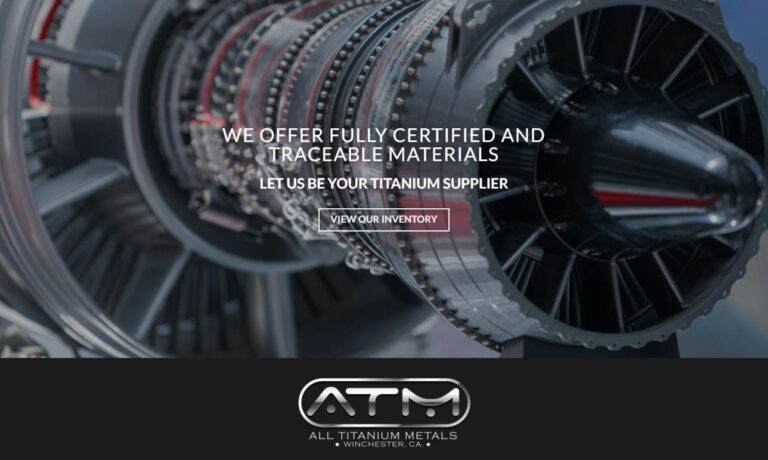
At Sierra Alloys, we have built our reputation around the strength, versatility, and precision of titanium. We dedicate ourselves to delivering high-quality titanium products that serve industries where performance, durability, and reliability are non-negotiable.

At Cada Stainless & Alloys, we specialize in supplying high-performance titanium and specialty metal solutions for industries that demand exceptional strength, corrosion resistance, and long-term reliability. We work closely with customers who require titanium materials for challenging environments, including aerospace, chemical processing, marine, medical, and advanced industrial applications.
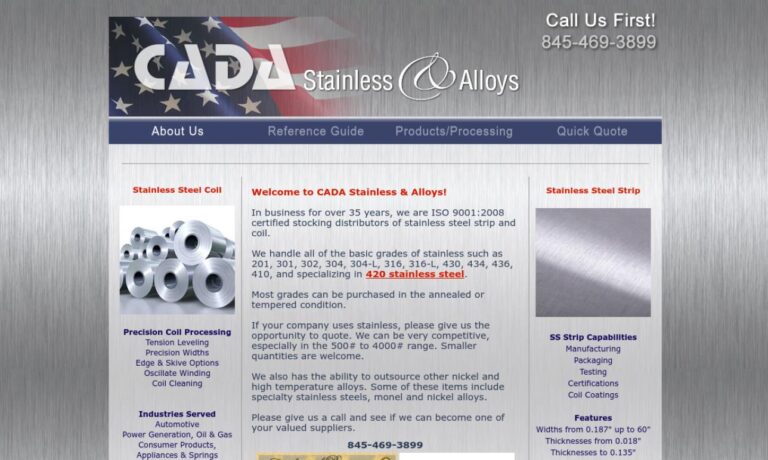
Service Steel Aerospace (SSA) is one of the largest titanium distributors in the World. SSA stocks titanium rounds, plate, block, billet, and ingot for the Aerospace and Defense markets, as well as other critical industries. We rely on our vast inventory to offer quick deliveries. SSA places the highest value on quality and customer service. SSA also offers value added processing such as cut to...

At Tricor Metals, we have built our reputation as a trusted partner in titanium products and solutions by combining material expertise with advanced fabrication capabilities. We work closely with customers across demanding industries to deliver titanium that meets exacting performance, durability, and safety standards.

At Reliable Source Inc., we have built our reputation on being a dependable partner for customers who require precision titanium products and expert support for critical applications. From the start, we have focused on combining material expertise with an unwavering commitment to quality, allowing us to deliver titanium solutions that perform under the most demanding conditions.
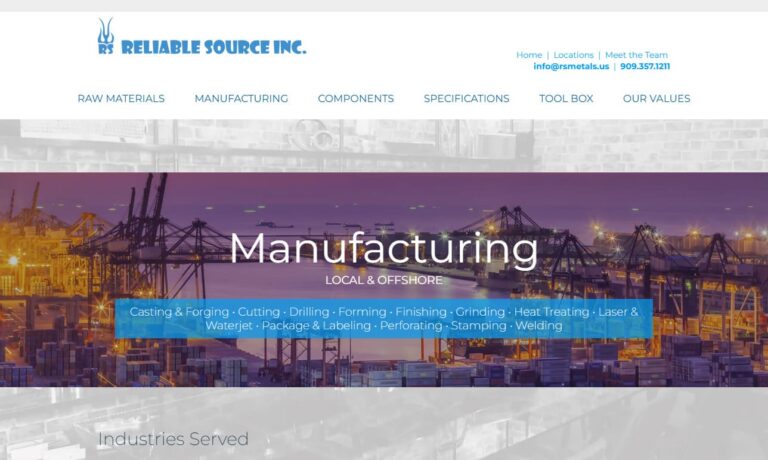
Diversified Industrial Products is a leading distributor of high-quality titanium tubing, titanium wire, titanium plate, titanium bars and titanium ingots. We serve a wide range of industries and markets with high-quality, durable titanium. Diversified Industrial has more than 25 years of experience.

More Titanium Suppliers
Titanium is a high-performance metal found abundantly in minerals such as rutile, ilmenite, anatase, and brookite—each a form of titanium dioxide. Represented by the symbol Ti and atomic number 22 on the periodic table, titanium boasts an atomic weight of 47.90. Often mistakenly confused with tin (Sn), titanium stands apart due to its extraordinary set of properties.
Renowned for its exceptional ductility, superior heat transference, extreme heat resistance, low density, and remarkable strength, titanium is the strongest metal on Earth relative to its weight. It is approximately half the weight of steel but matches steel’s strength, making it a go-to material for industries where both weight reduction and durability are paramount. Titanium’s impressive resistance to heat features a melting point of 3,034°F (1,668°C) and the ability to withstand temperatures up to 3,000°F before approaching its boiling point of 6,000°F. This combination of properties positions titanium as an irreplaceable element in advanced engineering, manufacturing, and design.
Titanium Applications
Titanium’s exceptional qualities drive its adoption across a diverse spectrum of industries. In the aerospace sector, titanium enhances aircraft performance and safety, thanks to its high strength-to-weight ratio and fatigue resistance. Marine industry applications rely on titanium’s outstanding corrosion resistance, ensuring longevity and reliability for oceanographic equipment, ship components, and offshore oil and gas platforms.
The automotive industry benefits from titanium’s ability to reduce vehicle weight while maintaining structural integrity, translating to improved fuel efficiency, acceleration, and design flexibility. Medical and dental professionals choose titanium for implants, prosthetics, and surgical instruments due to its unique biocompatibility and non-reactivity with bodily tissues. Racing and sports utilize titanium for high-performance parts like bicycle frames, golf clubs, and tennis rackets, where low weight and strength are crucial. Its lustrous appearance, hypoallergenic nature, and resistance to tarnish also make titanium a favorite in jewelry manufacturing.
Beyond these, titanium’s resilience in aquatic environments makes it ideal for aquarium and aquaculture equipment, while its use in chemical processing plants ensures safe handling of corrosive substances. Its applications in power generation, semiconductor fabrication, and architectural projects continue to expand as its unique properties are harnessed for new innovations.
- Looking for titanium suppliers for your specific industry? Browse our comprehensive directory.
- What are the best titanium alloys for aerospace applications? Learn more about titanium alloy grades.
History of Titanium
Titanium’s journey began in 1791, when William Gregor, a clergyman and amateur geologist, discovered the element in Cornwall, England. Observing black sand near a stream, Gregor detected unusual magnetic properties and identified two metal oxides: iron oxide and an unknown substance later identified as ilmenite, containing titanium oxide. Gregor initially named this substance Manaccanite, after his local parish.
In 1795, Prussian chemist Martin Heinrich Klaproth independently discovered titanium dioxide in the mineral rutile, primarily sourced from Switzerland and West Africa. He named the element “titanium,” drawing inspiration from the Titans of Greek mythology. Upon learning of Gregor’s earlier discovery, Klaproth confirmed that both rutile and ilmenite contained titanium dioxide.
Despite its early discovery, titanium’s commercial use was limited for nearly a century. In 1910, Matthew A. Hunter at Rensselaer Polytechnic Institute produced 99.9% pure metallic titanium by heating titanium tetrachloride (TiCl4) with sodium—a process now known as the Hunter method. In 1932, Luxembourg metallurgist William Justin Kroll revolutionized extraction using calcium, and later magnesium, paving the way for the widely adopted Kroll process that dominates modern titanium production.
Titanium production ramped up considerably in the 1950s and 1960s as the Soviet Union exploited its resistance to air degradation, incorporating titanium into submarine equipment and military aircraft during the Cold War. This prompted the United States to build a strategic titanium reserve, which remained in place for nearly six decades.
In 2006, DARPA awarded $5.7 million to spur titanium powder production innovations. Today, titanium is indispensable to aerospace, bioengineering, and structural engineering. As extraction and processing methods advance, titanium’s influence continues to grow in fields such as offshore hydrocarbon production, medical device manufacturing, water desalination, marine engineering, chemical processing, oil and gas, architecture, and automotive design.
- Curious about the evolution of titanium extraction methods? Discover more about the Kroll process and its impact on modern metallurgy.
- How did titanium transform aerospace and defense industries? Read our in-depth guide on titanium’s strategic importance.
Titanium Production Process
Extraction
Titanium is primarily extracted from mineral deposits using advanced metallurgical engineering techniques. The two principal titanium extraction methods are the Kroll process and the Hunter process. Both methods involve converting titanium ore (typically ilmenite or rutile) into titanium tetrachloride (TiCl4), which is then reduced to produce pure titanium metal. The Kroll process, utilizing magnesium as the reducing agent, has become the industry standard for large-scale titanium production, while the Hunter process employs sodium.
- What are the environmental impacts of titanium mining? Explore sustainable practices in titanium extraction.
Reduction
Once titanium tetrachloride is obtained, the reduction phase begins. In the Kroll process, magnesium is used to reduce TiCl4 in an argon atmosphere, producing a porous, sponge-like titanium. This “titanium sponge” is a critical intermediate product used as the foundational raw material for further processing and alloying.
Shaping
Following reduction, titanium manufacturers transform the sponge into solid blocks (ingots) through vacuum arc remelting or electron beam melting. These ingots are the starting point for a variety of titanium semi-finished and finished products. Depending on the intended application, titanium is further processed into sheets, plates, rods, bars, wires, tubes, foils, powders, granules, and meshes. Each form is produced using specialized methods tailored to the demands of industries such as aerospace, automotive, medical, and chemical processing.
- Need titanium in a specific form factor? Explore titanium wire, tubing, and bar suppliers.
Product Fabrication
Fabrication of titanium products involves advanced techniques such as welding, flat rolling, hot and cold forming, forging, and precision machining. These processes ensure the creation of high-performance, durable titanium components for demanding industrial and commercial applications, including aerospace fasteners, medical implants, marine hardware, and sporting goods.
Secondary Processing
After basic shaping and machining, titanium products often undergo secondary processes to enhance their final properties:
- Pickling: Chemical treatment that removes surface oxide films, yielding a clean, pure finish ideal for high-purity or medical applications.
- Blasting: Abrasive or grit blasting cleans large titanium products like billets, removing impurities and preparing surfaces for additional processing.
- Laser Cutting: Advanced laser technology delivers precise, tight-tolerance shapes for thin-gauge titanium components, crucial in electronics and aerospace.
- Anodizing: Electrochemical treatment creates a durable, decorative oxide layer that enhances corrosion resistance and allows for vivid color finishes, popular in jewelry and architectural elements.
These secondary processes ensure titanium products meet stringent industry requirements for quality, durability, and performance.
- How can secondary processing improve titanium component performance? Contact expert titanium fabricators.
Titanium Alloys
Titanium alloys are engineered by combining titanium with metals such as aluminum, vanadium, iron, nickel, and molybdenum to enhance specific properties. The American Society for Testing and Materials (ASTM) classifies titanium and its alloys into 38 grades, with grades 1–5 representing commercially pure titanium and higher grades containing alloying elements tailored for strength, ductility, corrosion resistance, and other specialized requirements.
Titanium alloys fall into three primary categories:
- Alpha titanium alloys: Alloyed with aluminum and/or tin, these alloys are highly ductile, offer excellent notch toughness, and retain mechanical properties at cryogenic temperatures. Their outstanding corrosion resistance and weldability make them ideal for chemical processing equipment and aircraft parts, though they are not heat treatable and possess moderate strength.
- Alpha-Beta titanium alloys: These alloys (e.g., Ti 6Al-4V, or Grade 5) exhibit medium to high strength, are heat treatable, and weldable. Their versatility suits them to aerospace components, prosthetics, marine hardware, and structural applications.
- Beta titanium alloys: The strongest of the three, fully heat treatable and weldable, beta alloys offer superior formability and are used for high-stress aircraft and automotive parts, medical implants, and sporting goods.
Selecting the right titanium alloy depends on factors like required mechanical strength, corrosion resistance, weight, temperature stability, and application environment.
- What titanium alloy is best for your project? Compare titanium alloys and grades.
Products Produced from Titanium
Titanium is indispensable across a vast array of industries, thanks to its unique combination of durability, corrosion resistance, strength, and light weight. With a density 40% lower than steel but equivalent strength, titanium provides unmatched value in critical engineering applications.
Biomedical
The biomedical industry extensively utilizes titanium bars, wires, and rods in the manufacture of catheters, orthopedic devices, joint replacements, prostheses, and dental implants. Titanium’s exceptional biocompatibility and resistance to body fluids ensure the reliability and longevity of these critical medical components, reducing the risk of rejection or allergic reaction.
Automotive
In the automotive sector, titanium plates and alloys are vital for high-performance components such as rocker arms, connecting rods, valve springs, steering gears, exhaust systems, and drive shafts. The use of titanium reduces vehicle weight, enhances engine response, and increases fuel efficiency, making it a cornerstone of modern automotive engineering—especially in electric vehicles and motorsports.
Healthcare
Pure titanium is the preferred material for manufacturing surgical and dental instruments, as well as a variety of prosthetic devices. Its corrosion resistance, strength, and biocompatibility allow for advanced orthopedic applications, including heart stents, spinal rods (notably in scoliosis surgery), hip and knee replacements, bone plates, dental screws, and cranial implants.
Aerospace
Aerospace manufacturers rely on titanium and titanium alloys for spacecraft, satellites, space stations, missiles, jet engines, and aircraft airframes. Titanium’s high strength-to-weight ratio, fatigue resistance, and ability to withstand extreme temperatures make it essential for critical structures and engine components. Advanced melting methods, such as triple melting or electron beam cold hearth melting, are used to produce the highest-purity titanium alloys for demanding aerospace applications.
Military
Titanium’s unique physical properties have made it indispensable for military equipment, including aircraft frames, missile components, armor plating, and naval vessels. Its combination of lightness, strength, and corrosion resistance enhances performance and survivability in challenging combat and marine environments.
Gas and Oil
In the gas and oil industry, titanium is used to fabricate petroleum handling equipment, pipelines, and refinery condenser tubes. Its lightweight, flexibility, and extreme resistance to seawater and chemicals make titanium pipes ideal for deep-sea production risers and topside water management systems. These properties reduce maintenance costs and extend the lifespan of critical infrastructure.
Home and Consumer Goods
Titanium alloys are found in a wide range of consumer products, from toothpaste and paints to inks, makeup, and food coloring. Titanium dioxide is a key ingredient in sunscreens and whitening agents, while titanium’s strength and hypoallergenic qualities make it popular for eyewear frames, watches, and jewelry.
Sports and Recreation
Sports equipment, such as racing bicycles, golf clubs, tennis rackets, and camping gear, benefit from titanium’s light weight and durability. These properties cater to professional athletes and enthusiasts seeking performance and reliability.
Chemical Processing
Titanium’s superior resistance to corrosion and high temperatures makes it invaluable for chemical handling equipment, pumps, heat exchanger coils, and reactor linings. It often serves as a cost-effective alternative to high-nickel alloys, tantalum, and zirconium, providing long-term savings and operational reliability in hostile chemical environments.
Industrial Applications
Industrial engineers increasingly specify titanium for process equipment, heat exchangers, and plant infrastructure. Its low density—about half that of iron or nickel-based metals—translates to cost savings when designing by area rather than mass. Titanium’s corrosion resistance allows for thinner wall construction, reducing material and fabrication costs.
Power Generation
Power plants use titanium for condenser tubing that can withstand the corrosive effects of saline, muddy, or contaminated water. Titanium tubes last the full lifetime of the condenser, reducing downtime and maintenance costs.
Computer Science
In the electronics and data storage industries, titanium is valued as a substrate for hard disk drives because of its non-magnetic properties and ability to withstand high coating temperatures. This ensures data integrity and enhances manufacturing efficiency.
Geothermal
Geothermal power generation leverages titanium’s resistance to caustic fluids discharged from the ground. Its low total lifecycle cost and resilience to harsh conditions make it the material of choice for heat exchangers, piping, and other geothermal plant components.
Miscellaneous Uses
Titanium finds use in semiconductors, battery wires, cement, paper production, food processing, water treatment, and even in gemstones and fine jewelry. Its aesthetic appeal, durability, and versatility make it a premium material across industries.
- Want to learn how titanium can improve your product’s performance? Contact leading titanium suppliers.
Benefits of Titanium
Titanium’s unique combination of properties delivers substantial benefits:
- Unmatched Strength-to-Weight Ratio: Titanium is about 45% lighter than steel, yet maintains similar strength, making it ideal for structures where weight reduction translates to increased efficiency and lower operational costs (e.g., aircraft, vehicles, and sporting goods).
- High Corrosion Resistance: The formation of a stable oxide layer on titanium’s surface provides exceptional resistance to corrosion—even in seawater, acidic, and chlorine-rich environments. This makes titanium indispensable for marine, chemical, and medical applications.
- Biocompatibility: Titanium is non-toxic and does not trigger adverse immune responses, making it a safe and effective choice for implants, prosthetics, and surgical devices.
- Temperature Resilience: Titanium maintains its mechanical properties at both extremely high and low temperatures, making it suitable for aerospace, nuclear power, and high-performance engineering.
- Durability and Fatigue Resistance: Titanium’s low thermal expansion, high fatigue strength, and excellent wear resistance ensure long service life in demanding applications, from turbine blades to prosthetic joints.
- Versatility: Titanium’s ability to be alloyed, anodized, and electroplated (e.g., with platinum) allows for tailored solutions in jewelry, architecture, and electronics.
Whether for building lightweight sports gear, corrosion-resistant marine equipment, or biocompatible medical implants, titanium delivers exceptional value and performance.
- Searching for corrosion-resistant metals? Compare titanium with stainless steel, nickel alloys, and more.
- What are the advantages of titanium in medical devices? Read our buyer’s guide to titanium for healthcare.
Titanium Grade 5
Titanium Grade 5 (Ti 6Al-4V) stands as the most widely used titanium alloy worldwide, accounting for over half of all titanium consumption. With a superior blend of strength, fracture resistance, and corrosion resistance, Grade 5 is heat treatable and suitable for high-temperature applications up to 600°F (315.56°C). In aerospace, Grade 5 represents about 40% of the F-22 Raptor’s structure, supporting the harsh operational requirements of jet fighters and commercial aircraft.
In medicine, Grade 5’s compatibility with bone and tissue, coupled with its high mechanical strength, makes it the alloy of choice for dental implants, orthopedic devices, and trauma plates. Its versatility also extends to jewelry, where its durability and ability to be anodized in various colors appeal to designers and consumers alike.
- Looking for the best titanium alloy for aerospace or biomedical use? Explore the benefits of Titanium Grade 5.
Things to Consider Regarding Titanium
When purchasing titanium or titanium-based products, it is crucial to partner with a reputable titanium supplier or manufacturer. Inferior-quality titanium can compromise safety, performance, and regulatory compliance. Begin your search by clearly defining your application specifications, including:
- Required product form (e.g., sheet, rod, wire, tubing)
- Grade or alloy specifications
- Industry or regulatory standards (e.g., ASTM, ISO, medical, aerospace)
- Volume and frequency of orders
- Budget and cost targets
- Desired delivery timeline
- Post-delivery support and documentation needs
Evaluate potential suppliers based on their industry experience, certifications, product quality, and ability to deliver tailored solutions. Engage with three or four top candidates, discuss your requirements in detail, and compare their responses to find the partner that best meets your technical, logistical, and budgetary needs.
- Ready to source titanium? Find and compare leading titanium suppliers.
- What certifications should you require from a titanium manufacturer? Read our titanium buying checklist.
Frequently Asked Questions About Titanium
- What factors impact the cost of titanium? Titanium pricing is affected by raw material availability, extraction and processing methods, alloying elements, order volume, and market demand. Custom shapes and strict tolerances can also increase costs.
- How does titanium compare to stainless steel in corrosion resistance? Titanium generally outperforms stainless steel, especially in chloride-rich and marine environments, due to its stable oxide layer.
- Is titanium recyclable? Yes, titanium is highly recyclable. Recycled titanium retains most of its original properties, making it a sustainable choice for many industries.
- Can titanium be welded? Yes, titanium and its alloys are weldable, but require controlled environments to prevent contamination and preserve strength.
- Where can I buy certified titanium products? Browse our vetted titanium supplier directory for reliable sources.
Explore More Titanium Resources
- How is titanium transforming the future of renewable energy? Learn about titanium in wind and solar power systems.
- Interested in custom titanium fabrication? Connect with expert manufacturers for tailored solutions.
- What are the top trends in titanium additive manufacturing (3D printing)? Discover emerging uses in rapid prototyping and production.
Titanium’s extraordinary combination of properties and expanding applications cement its position as a material of the future. Whether you’re sourcing titanium for aerospace, medical, industrial, or consumer applications, informed purchasing decisions start with understanding titanium’s properties, processing, and supplier landscape.



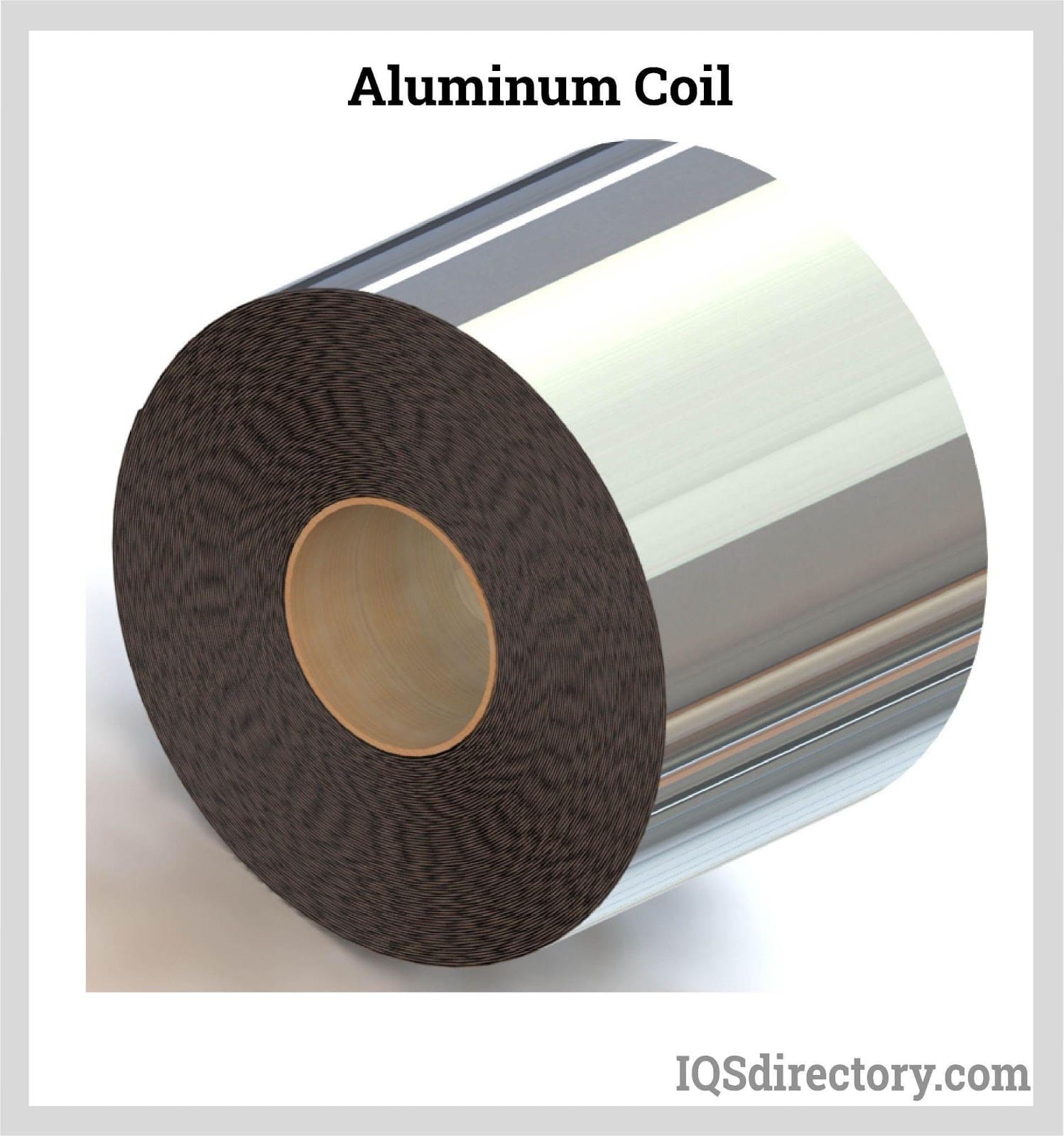
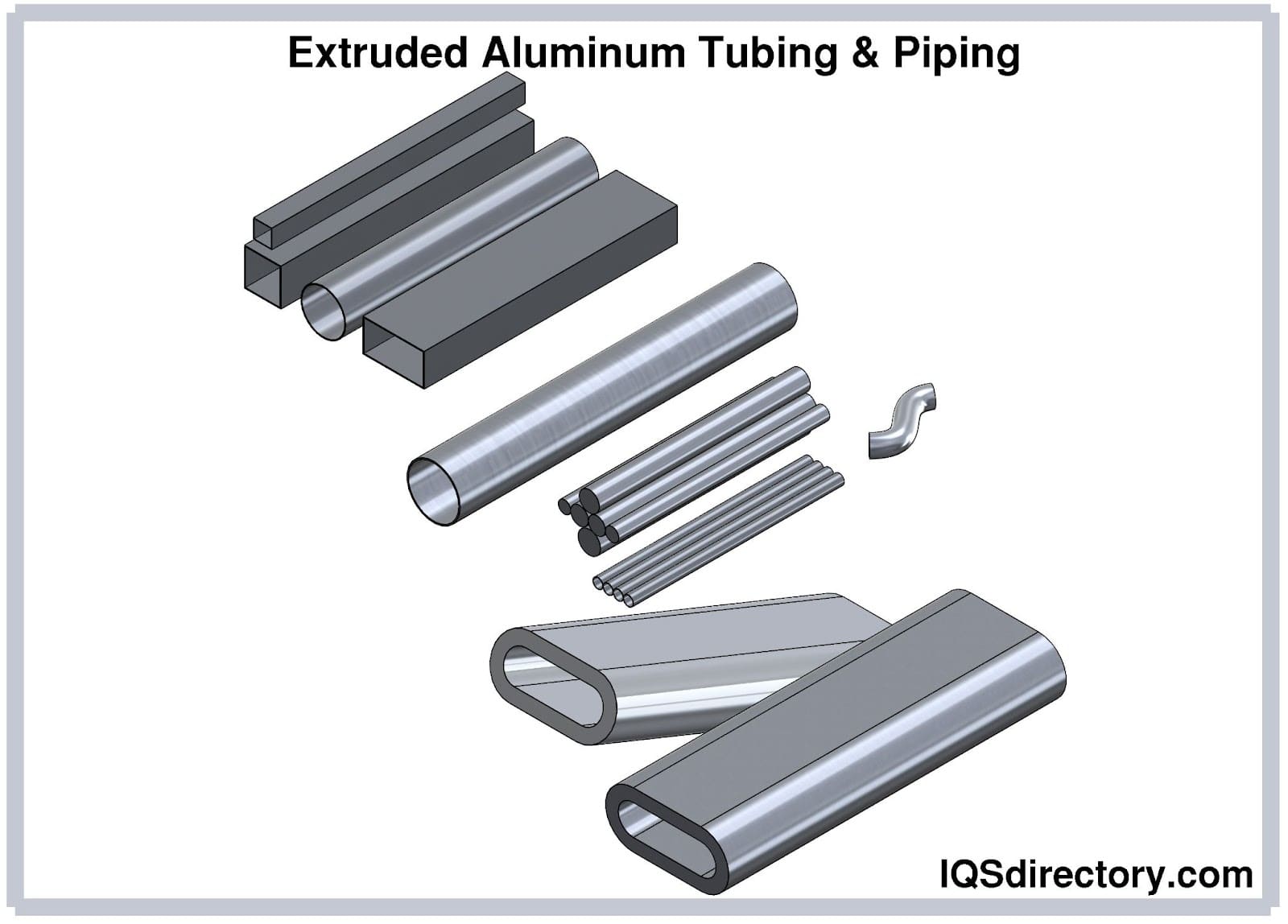
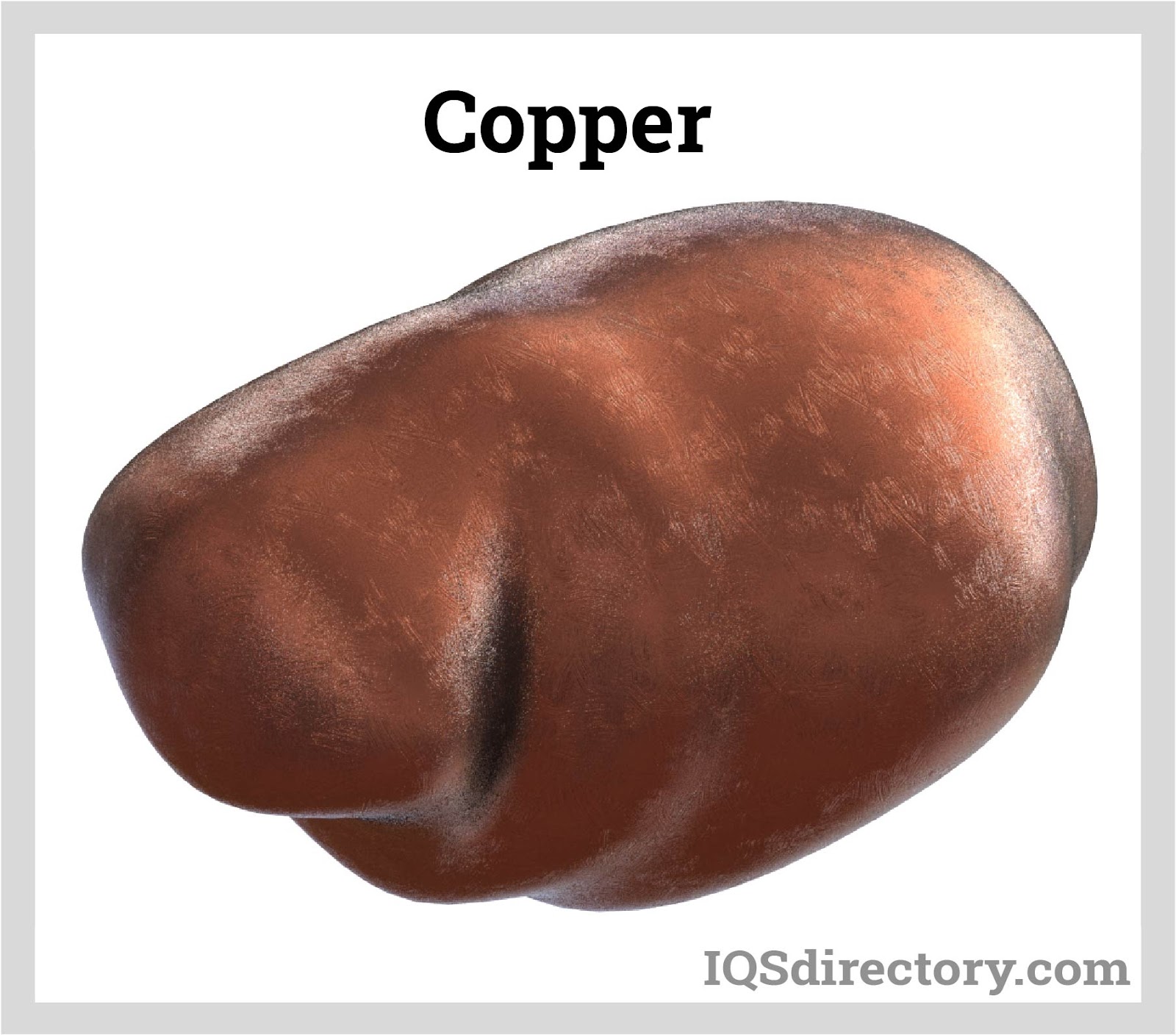
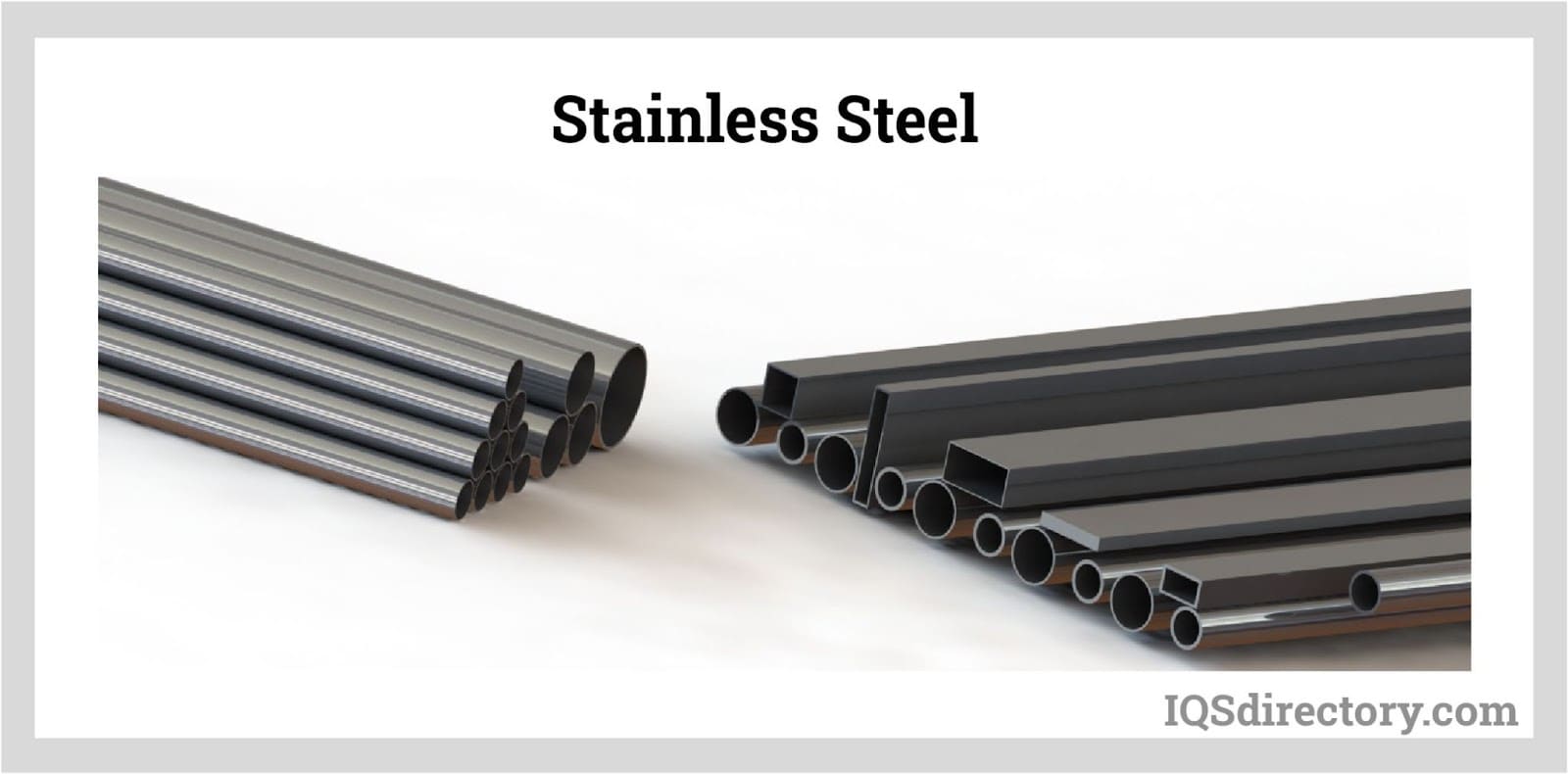
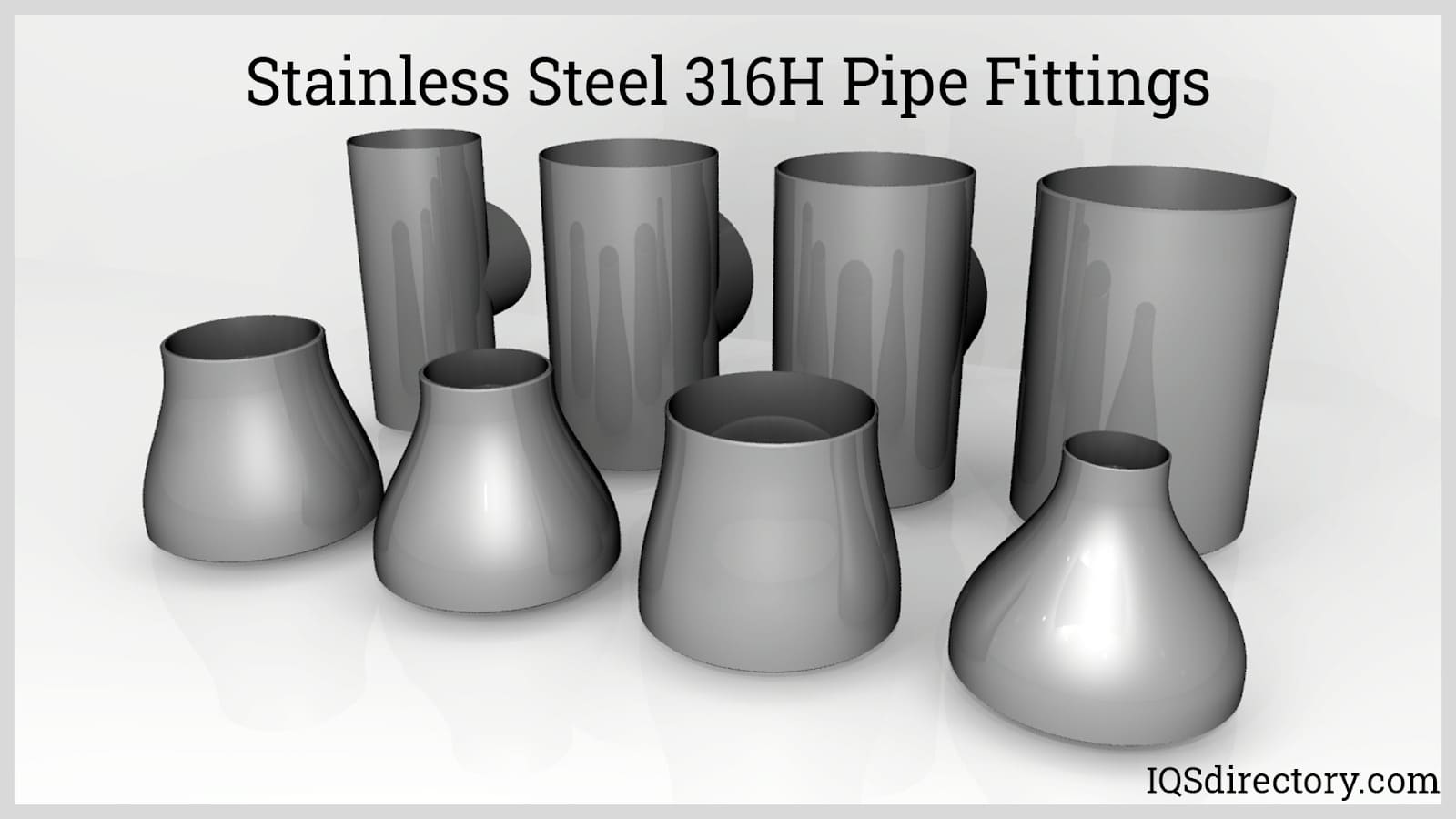
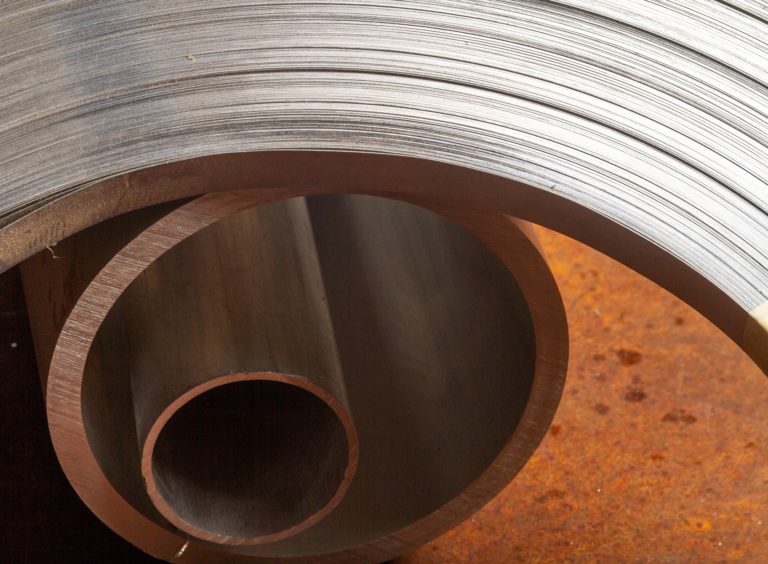 Alloy Suppliers
Alloy Suppliers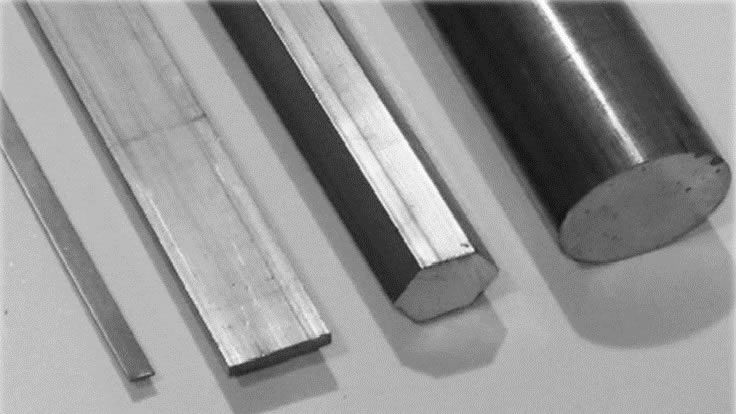 Aluminum
Aluminum Aluminum Extrusions
Aluminum Extrusions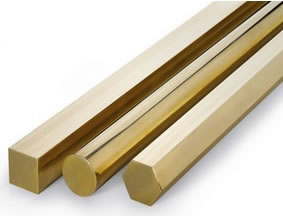 Copper-Brass-Bronze
Copper-Brass-Bronze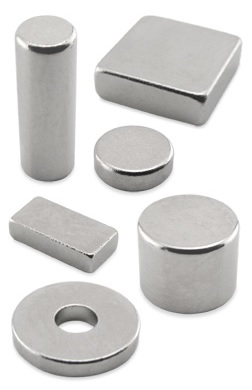 Magnets
Magnets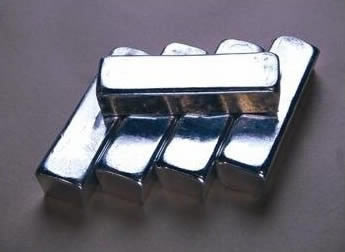 Nickel
Nickel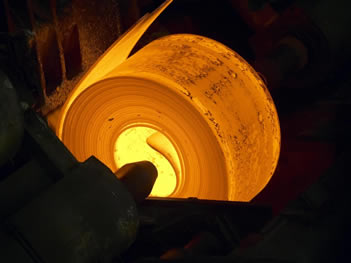 Stainless Steel
Stainless Steel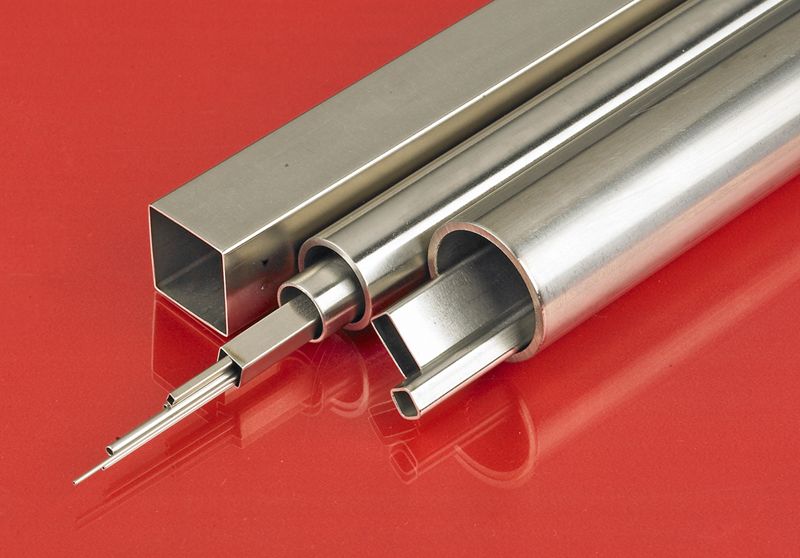 Stainless Steel Tubing
Stainless Steel Tubing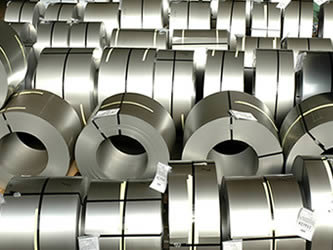 Steel Service Centers
Steel Service Centers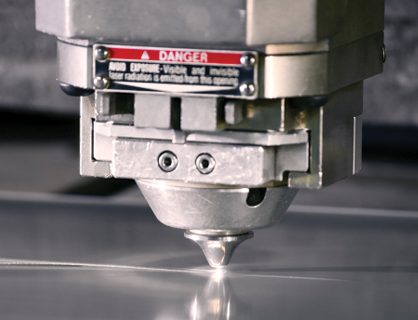 Titanium
Titanium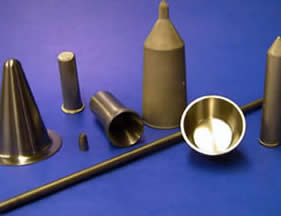 Tungsten
Tungsten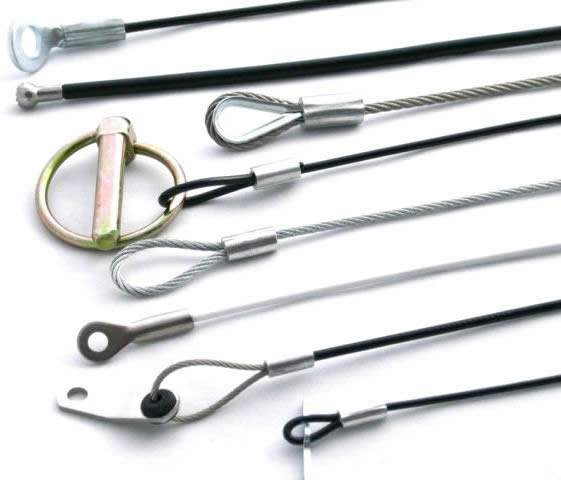 Wire Rope
Wire Rope Castings & Forgings
Castings & Forgings Bulk Material Handling
Bulk Material Handling Electrical & Electronic Components
Electrical & Electronic Components Flow Instrumentation
Flow Instrumentation Hardware
Hardware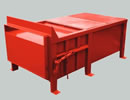 Material Handling Equipment
Material Handling Equipment Metal Cutting Services
Metal Cutting Services Metal Forming Services
Metal Forming Services Metal Suppliers
Metal Suppliers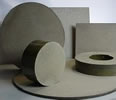 Motion Control Products
Motion Control Products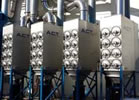 Plant & Facility Equipment
Plant & Facility Equipment Plant & Facility Supplies
Plant & Facility Supplies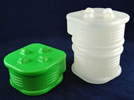 Plastic Molding Processes
Plastic Molding Processes Pumps & Valves
Pumps & Valves Recycling Equipment
Recycling Equipment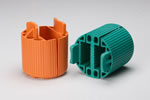 Rubber Products & Services
Rubber Products & Services